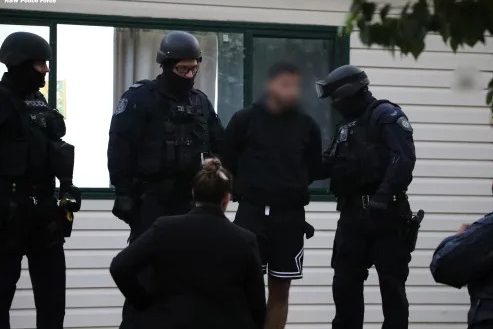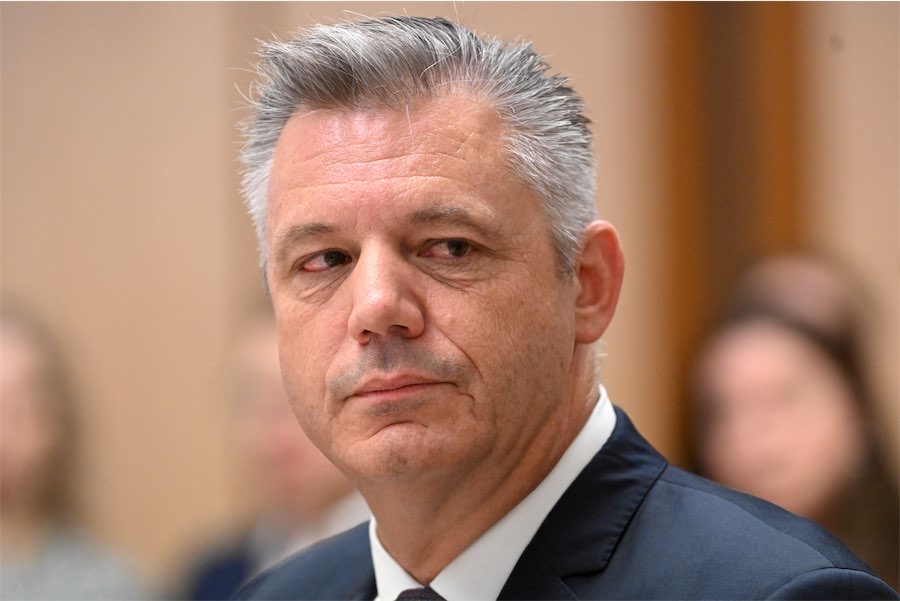RARE frogs have been heard at the National Arboretum Canberra as part of an ongoing monitoring program by Frogwatch.
“As the weather warms up in spring, the dams and wetlands at the National Arboretum come alive with the sound of frogs,” said arboretum GM Jason Brown.
“As individual frogs of the same species can have significantly different colours and markings, frog calls are one of the best ways to identify a frog. Frog calls are usually made during a species’ breeding season, and males do most of the calling,” he says.
Frogwatch is a community frog-monitoring program with more than 140 monitoring sites in the ACT and region and has had an interest in the arboretum since 2010.
“Dr Roger Hnatiuk, a member of Frogwatch, along with other volunteers from the Friends of the Arboretum, has been instrumental in monitoring four sites at the arboretum on a weekly basis throughout spring,” Brown says.
Dr Hnatiuk said that the group had now obtained recordings of the spotted burrowing frog (Neobatrachus sudelii), which have been verified by expert herpetologists at Frogwatch.
“This species is not often heard in the ACT so it is a great discovery at the Arboretum and a fascinating addition to the native biodiversity of the site. These frogs were detected after heavy rain falls in early September at the arboretum,” Dr Hnatiuk said.
So far, nine different species of frogs have been identified at the arboretum. They are:
• spotted burrowing frog (Neobatrachus sudelii);
• plains froglet (Crinia parinsignifera);
• common eastern froglet (Crinia signifera);
• pobblebonk, also known as Eastern banjo frog (Limnodynastes dumerelii);
• striped grass/marsh frog, also known as the brown-striped frog (Limnodynastes peronii);
• spotted grass/marsh frog (Limnodynastes tasmaniensis);
• Peron’s tree frog, also known as the maniacal cackle frog (Litoria peronii);
• whistling tree frog (Litoria verreauxii verreauxii); and
• smooth toadlet (Uperoleia laevigata).
More information at ginninderralandcare.org.au/frogwatch
Who can be trusted?
In a world of spin and confusion, there’s never been a more important time to support independent journalism in Canberra.
If you trust our work online and want to enforce the power of independent voices, I invite you to make a small contribution.
Every dollar of support is invested back into our journalism to help keep citynews.com.au strong and free.
Thank you,
Ian Meikle, editor




Leave a Reply